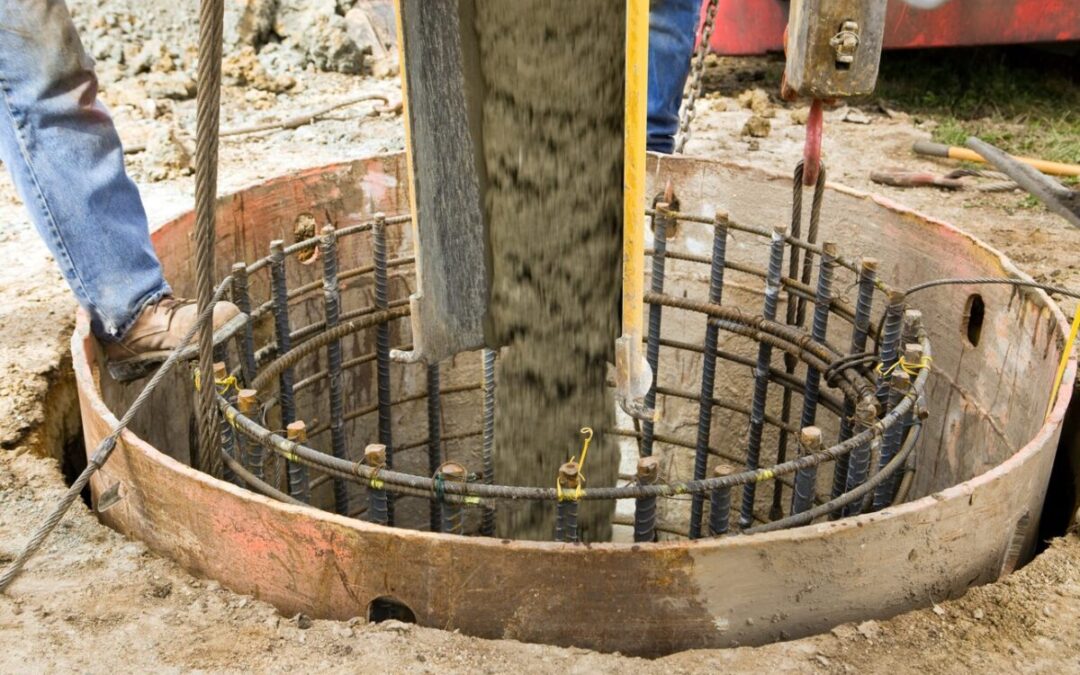Drilled pier foundations, also known as drilled shafts or caissons, have become integral components of contemporary construction projects, providing stability and support in diverse soil conditions. This article explores the essential characteristics, advantages, and applications of drilled pier foundations, shedding light on why they have become a preferred choice in civil engineering.
1. Introduction to Drilled Pier Foundations:
Drilled pier foundations are deep foundation systems that involve excavating cylindrical holes into the ground and filling them with concrete or reinforcing materials. These foundations are designed to transfer structural loads to load-bearing soil or rock layers beneath the ground surface. The versatility and adaptability of drilled piers make them suitable for a wide range of construction projects.
2. Engineering Principles and Design Considerations:
The effectiveness of drilled piers foundation lies in their engineering principles and meticulous design considerations. The process involves drilling into the earth using specialized equipment. Such as augers or drill bits, to create stable foundation elements. Factors such as soil type, load-bearing capacity, and structural requirements are carefully analyzed during the design phase to ensure optimal performance.
3. Load-Bearing Capacities and Stability:
Drilled pier foundations excel in their ability to bear heavy loads and provide stability in various geological settings. The depth of the pier, along with the quality of the concrete used, contributes to their impressive load-bearing capacities. The cylindrical shape of the piers allows for efficient distribution of loads, reducing the risk of settlement and ensuring long-term stability.
4. Applications in Construction:
Drilled pier foundations find extensive use in a variety of construction projects. Their adaptability makes them suitable for supporting structures such as high-rise buildings, bridges, transmission towers, and industrial facilities. Additionally, drilled piers are often employed in situations where soil conditions are challenging or where shallow foundations may not provide the required stability.
5. Advantages of Drilled Pier Foundations:
Several advantages make drilled piers foundations stand out among other foundation types:
Versatility: Drilled piers can customized to suit different project requirements and soil conditions, making them versatile for a wide range of applications.
Reduced Environmental Impact: Compared to other foundation types, drilled piers typically result in less disturbance to the surrounding environment during construction.
Cost-Effectiveness: Despite initial costs, drilled piers can be cost-effective in the long run due to their durability, longevity, and ability to perform well in various soil conditions.
Minimal Vibration: The construction process for drilled piers generates minimal vibration. Making them suitable for projects in urban or sensitive environments.
6. Case Studies:
Examining successful case studies provides insight into the real-world applications of drilled piers foundations. Projects showcasing their effectiveness in different geological conditions and construction scenarios help illustrate the reliability and adaptability of this foundation type.
7. Future Trends and Innovations:
Continued advancements in construction technology and materials may shape the future of drilled piers foundations. Innovations in drilling techniques, materials, and monitoring systems could further enhance their performance and expand their applicability in construction projects.
Conclusion:
Drilled pier foundations have emerged as a cornerstone in modern construction, offering unparalleled stability and adaptability. Their engineering principles, load-bearing capacities, and versatility make them a preferred choice for projects where soil conditions present challenges. As construction practices evolve, the significance of drilled pier foundations is likely to persist. Contributing to the success and longevity of diverse structures in the built environment.

